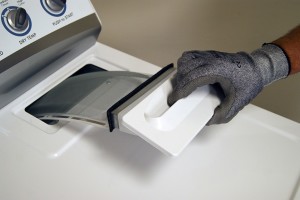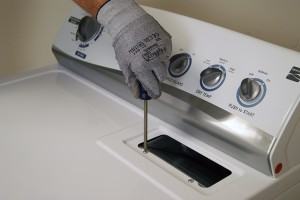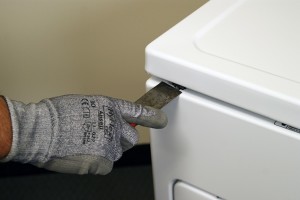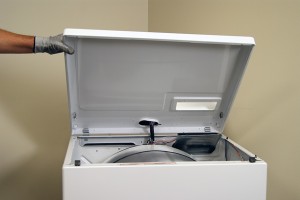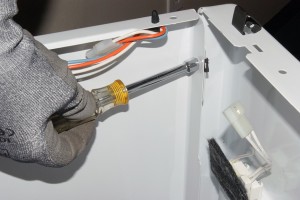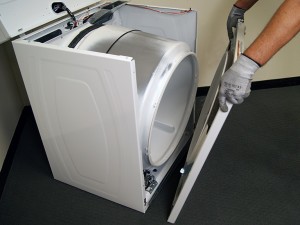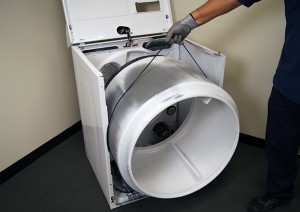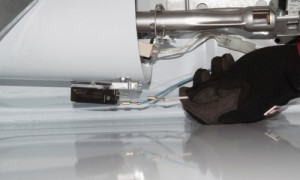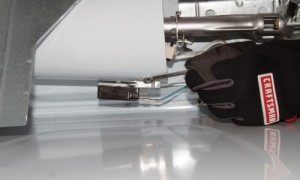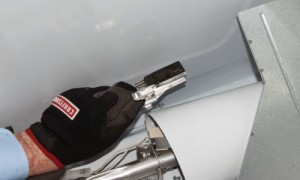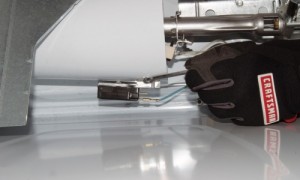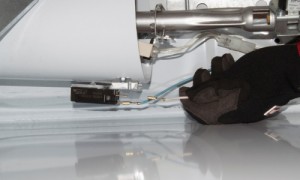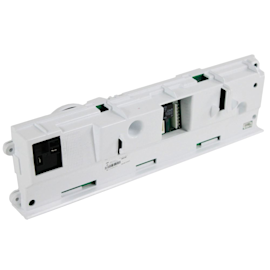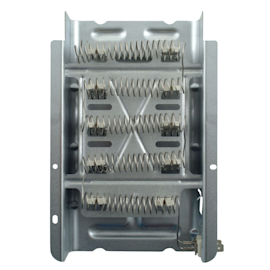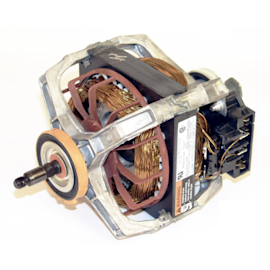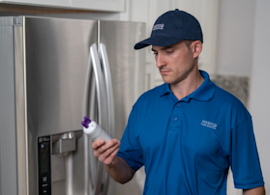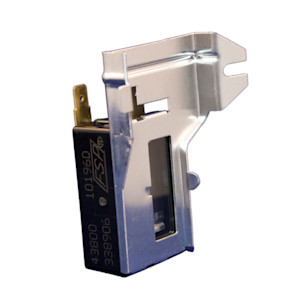
This DIY dryer repair guide explains how to replace the flame sensor on a gas dryer. Located on the burner funnel, the flame sensor detects the igniter temperature. When the igniter is hot enough to light the gas burner, the flame sensor shuts off the igniter, the coils open the gas valves, and the burner ignites. If the flame sensor fails, it won't shut off the igniter, gas won't flow to the burner, and the dryer won't heat. You can determine if the flame sensor is faulty by following the troubleshooting tips in our Gas Dryer Won't Heat Troubleshooting Video. Replace a failed flame sensor with the manufacturer-approved dryer part.
This procedure works for Kenmore, Whirlpool, Maytag, Amana, Roper, Crosley and Estate gas dryers with a lint screen housing located in the top cabinet panel. Although the procedure for opening the dryer cabinet differs, you also can use the same basic repair steps to replace the flame sensor in Frigidaire, GE and Electrolux models.


